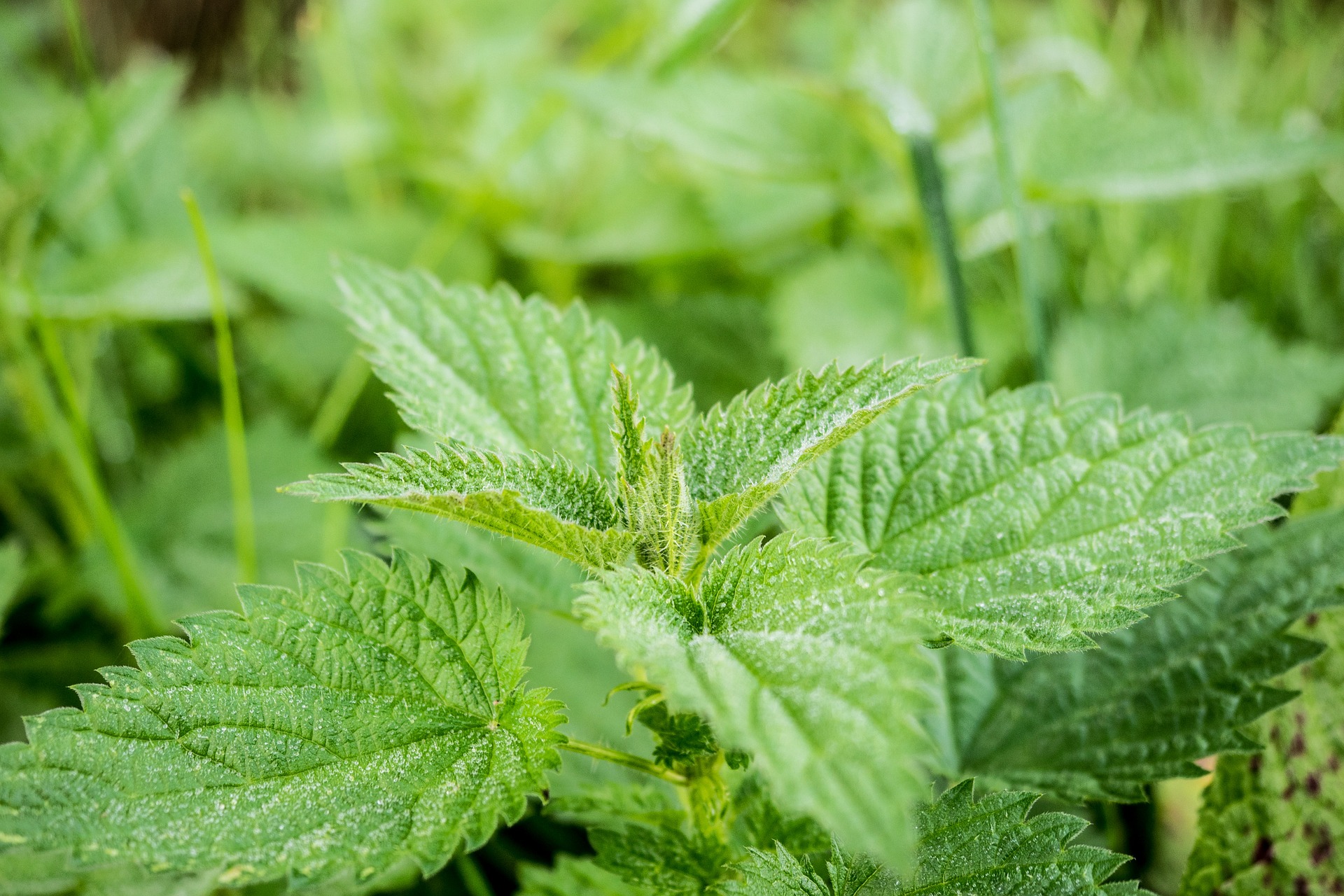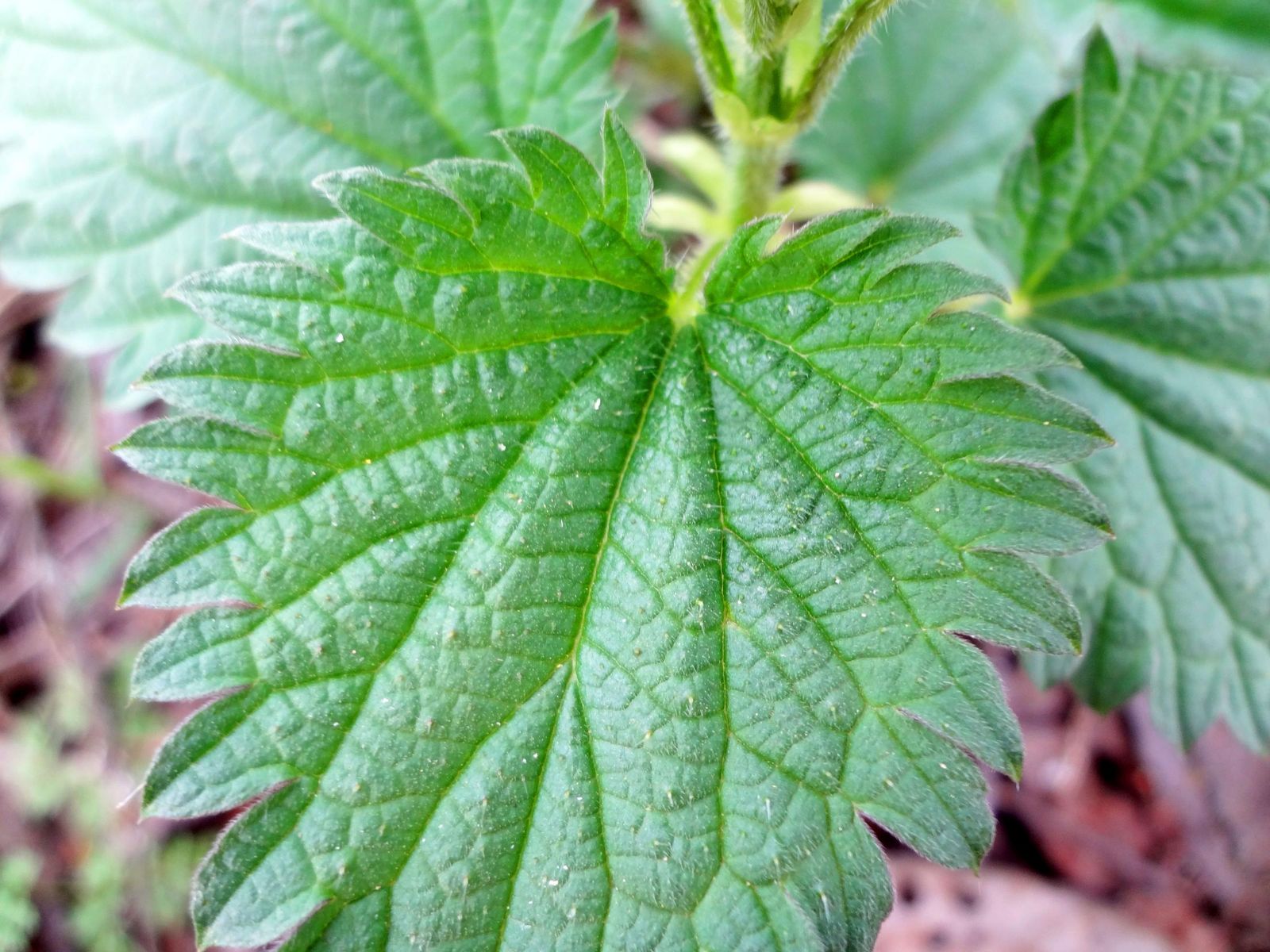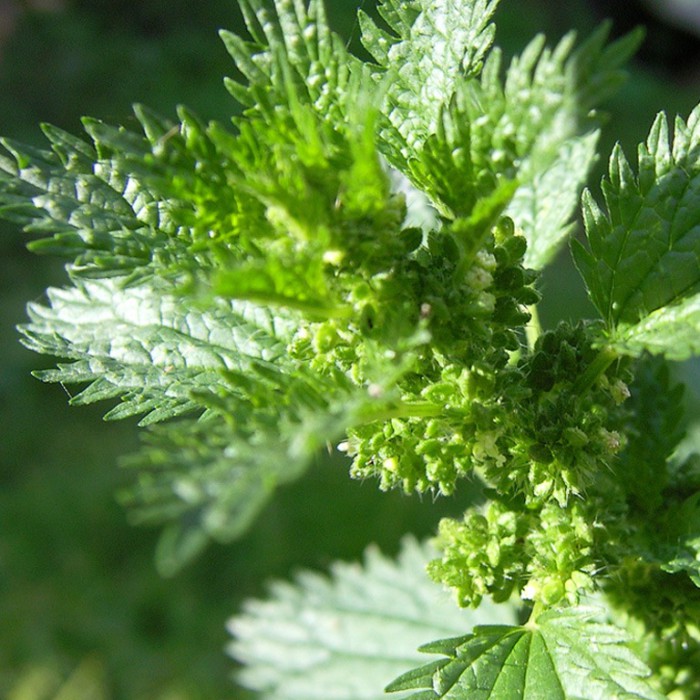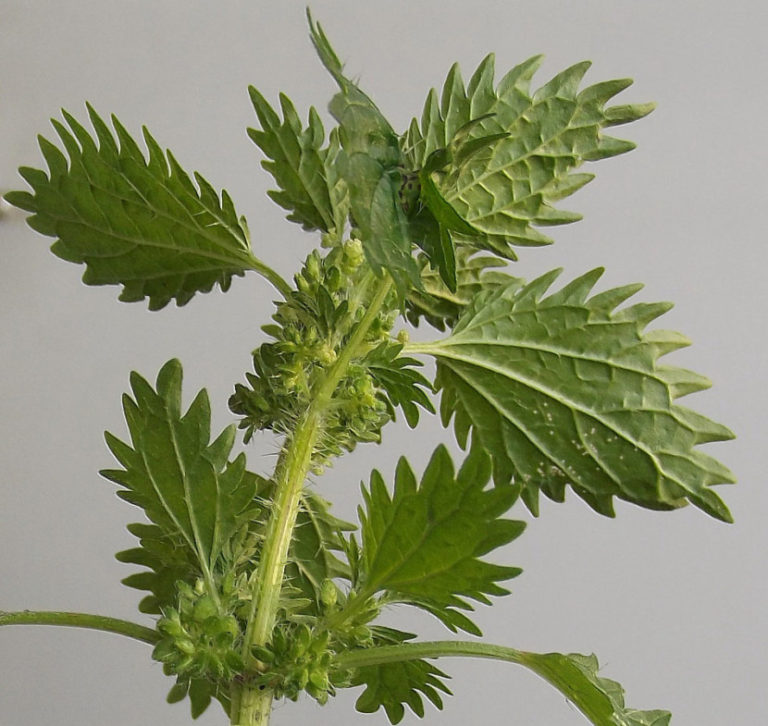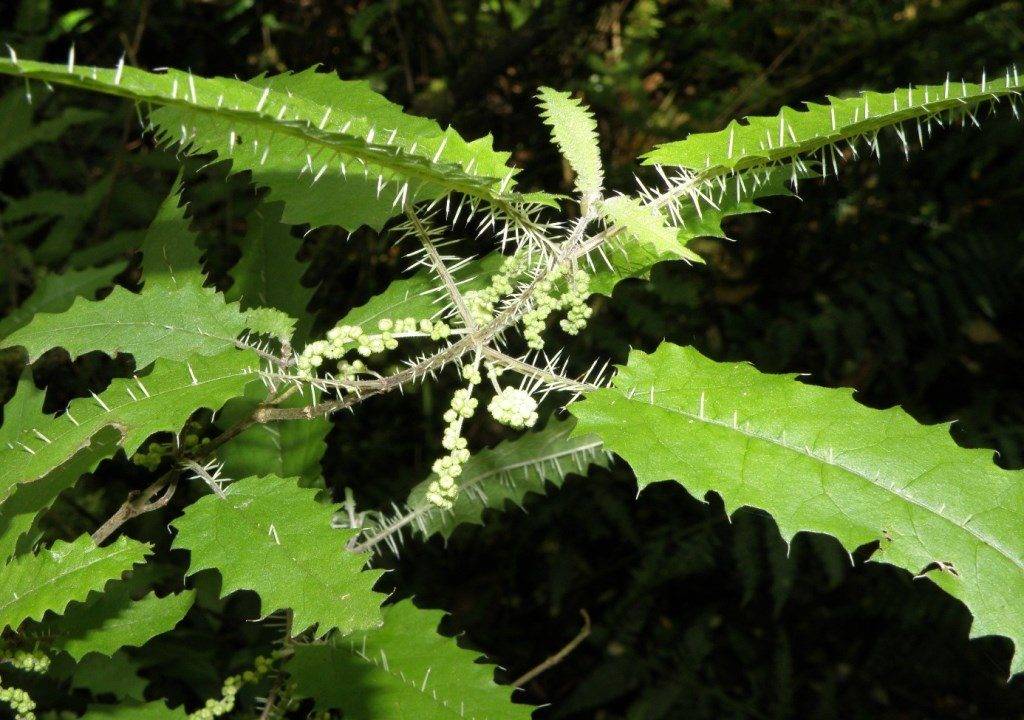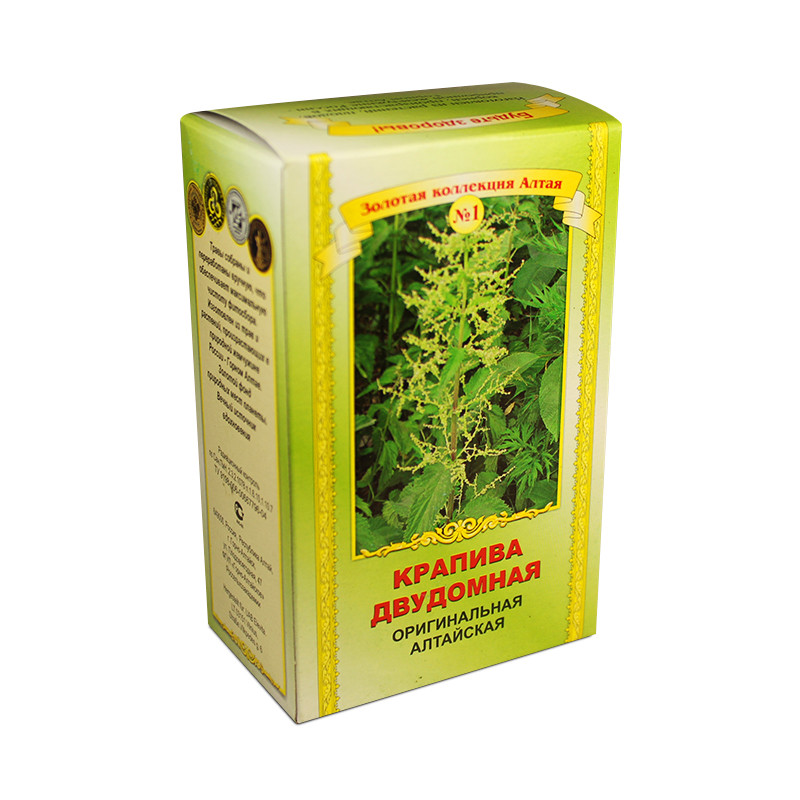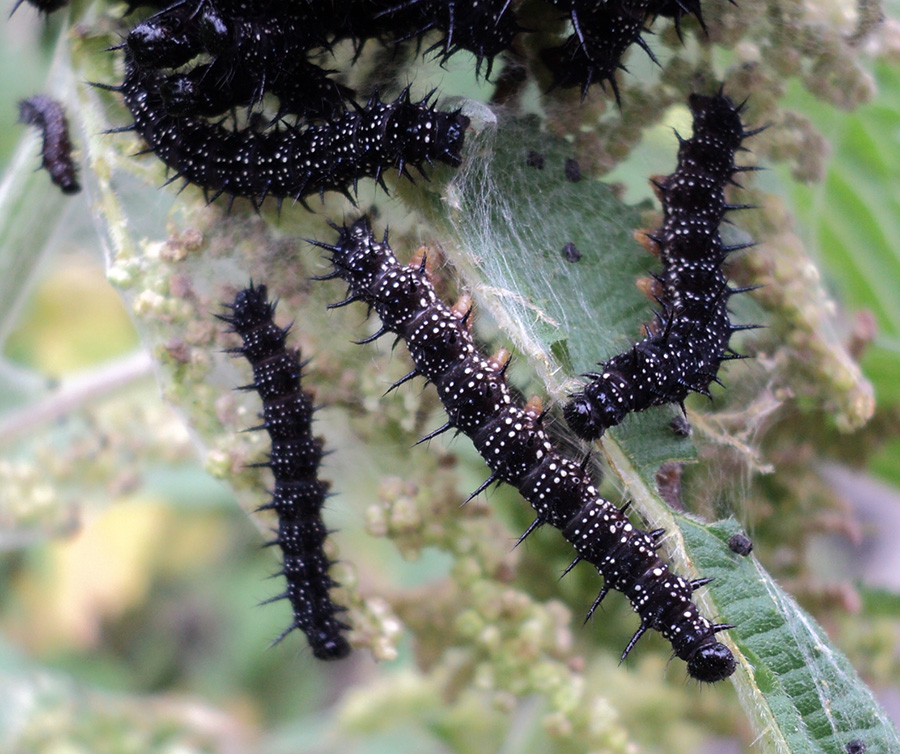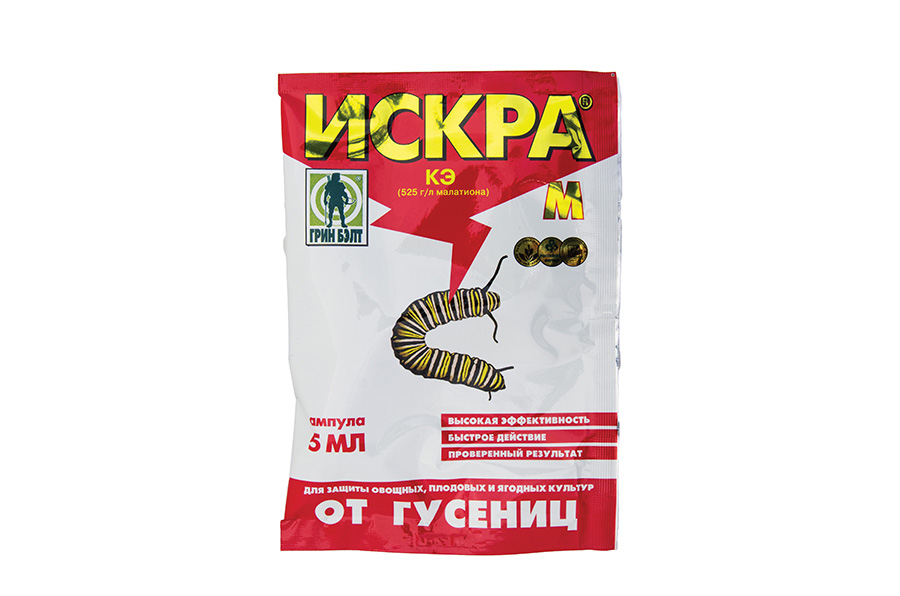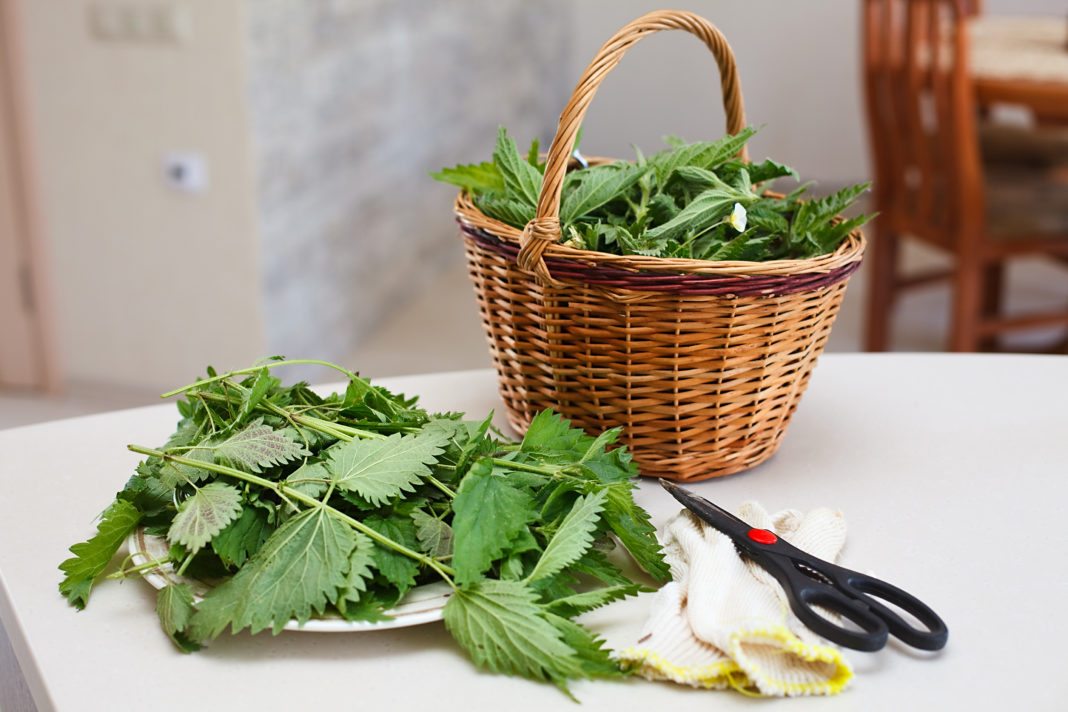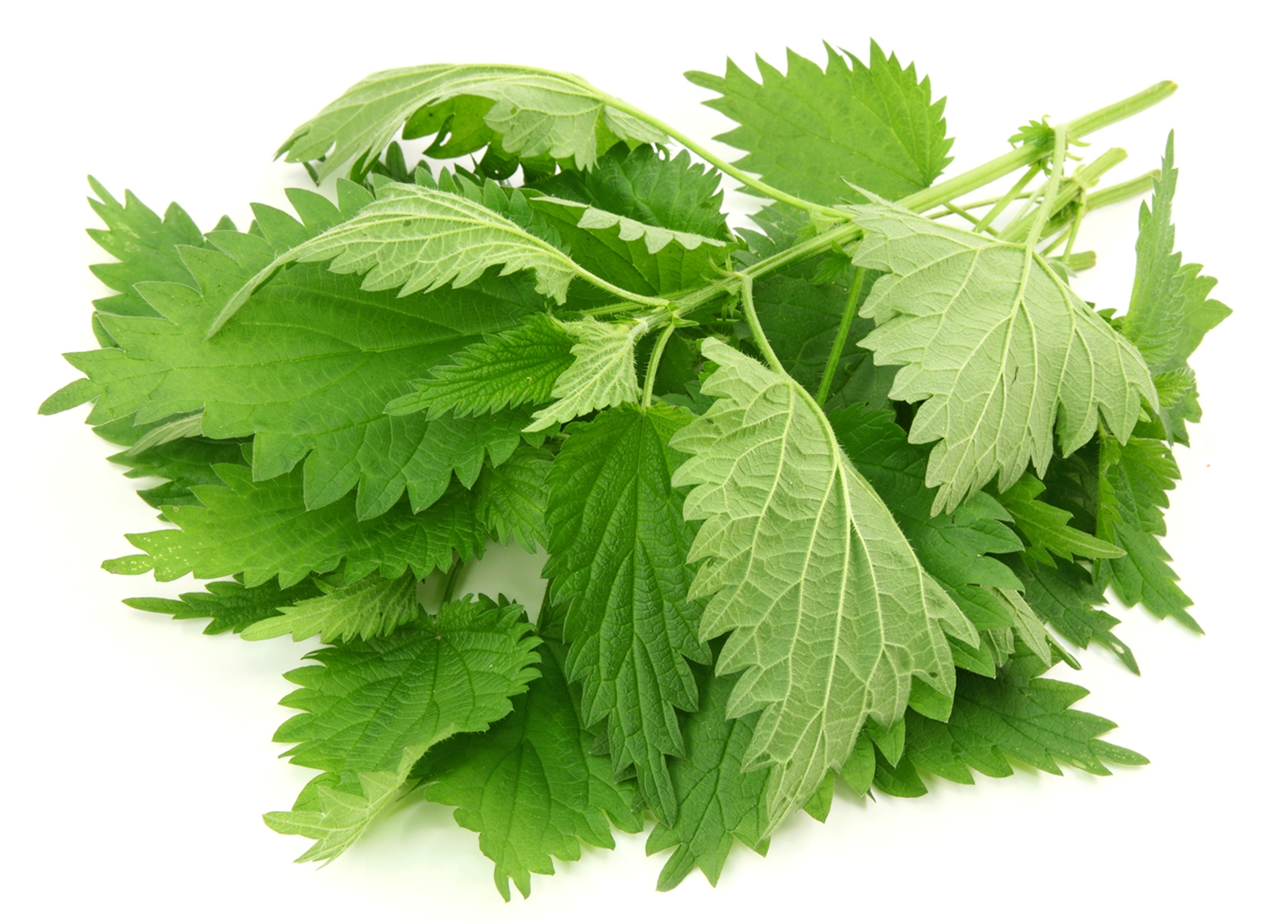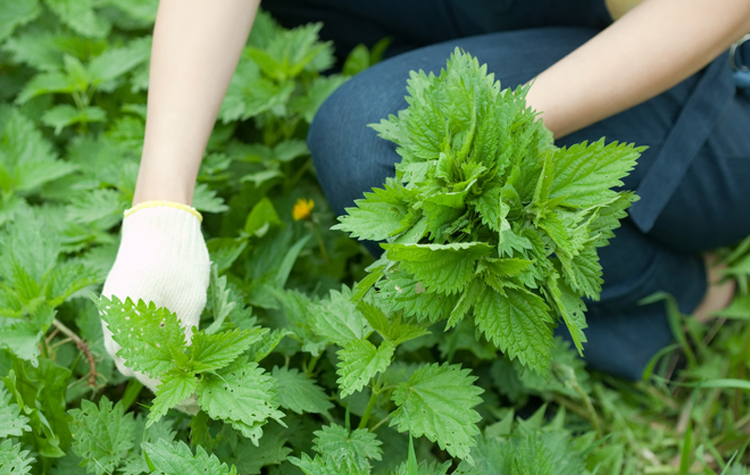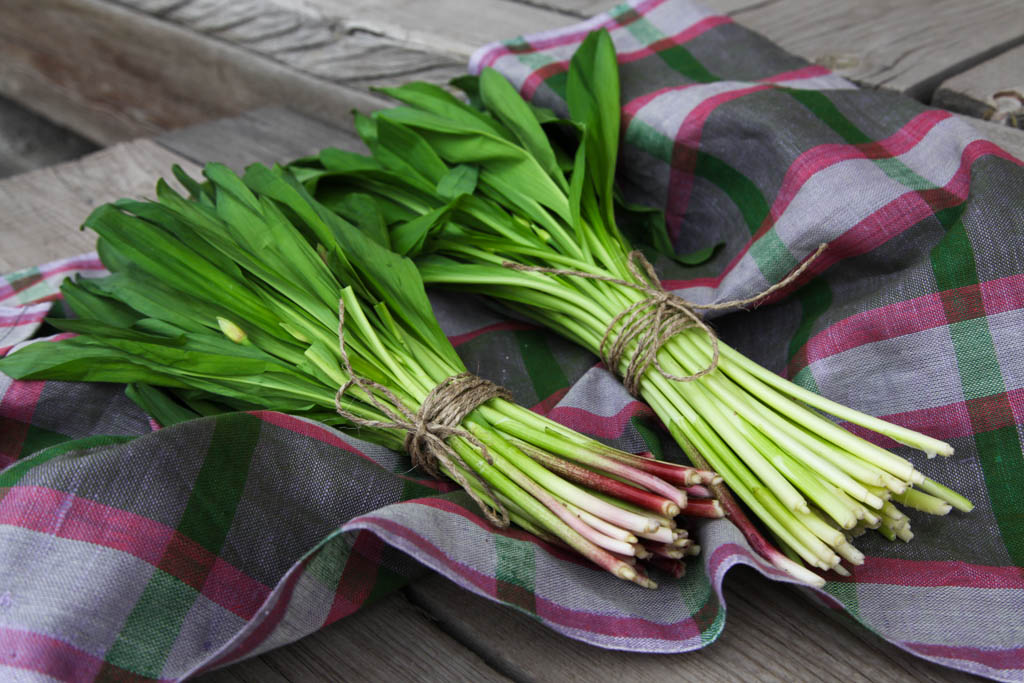Content:
Even in ancient times, people paid attention to the medicinal properties of wild plants. Today biology, after a thorough study of a number of plant crops that have useful properties for humans, distinguishes them into a separate group. Every botanist can list more than a dozen plants that have a beneficial effect on human health. The leader among them is nettle, which has general strengthening, wound-healing properties.
If you dry it, you get a beautiful herbarium, every child of primary school age knows about this. Nettle teas strengthen hair, help with tuberculosis, hemorrhoids, liver and kidney disease. In addition, it is used in cooking. Any cookbook will provide a dozen dishes that contain this herb, among which nettle soup and salad are very popular. Pharmacognosy today identifies over 100 species of nettle. Stinging nettle received the greatest number of positive responses.
Stinging nettle: main characteristics
The growing area of stinging nettle is huge. Today, most often it can be found in the wild in any region of Russia and near neighboring countries. Due to its good adaptation to weather conditions and various types of soil, it grows on neighboring continents. Most often it can be found in the southern and northern regions of the globe, in a number of European and Asian countries, Australia. Her favorite habitat are roadsides, ravines, forests, meadows, river banks. The Latin language refers to her as Urtica Dioica.
Stinging nettle is a family of Nettles, it is a perennial plant with a well-developed root system that can go deep into the ground up to 50-60 cm. The roots are quite branchy, they are located horizontally for 1.5 meters. This feature of the root system allows you to obtain the necessary fertilizers and moisture from the soil, without additional care and watering.
Description of the nettle is a branchy stems of a bright green hue, the height of which, under favorable weather conditions, can reach up to 2 meters. Its leaf is green, ovoid, serrated at the edges, pinnate, lobed can be of different sizes, on average it reaches 8-10 cm in length, 7-8 cm in width.Each leaf is very stinging, due to the hairs covering the entire leaf area. The stem and even young shoots are burnt. The healers gave it a characteristic name - stinging or burning.
Many do not know how this type of nettle blooms. This dioecious variety of nettle begins to bloom from late spring to October, with nondescript small greenish flowers that are of no value. When flowering ends, seeds are formed in place of flowers, contributing to its reproduction. A petiole reproduction method is also possible.
The appearance of the nettle can vary, depending on where it is grown. In the shade, it is more squat and less branched. In sunny areas, it grows to a larger size, more branched and spreading.
How many times in a life nettles bear fruit depends on each variety individually. The dioecious plant bears fruit every year, compared to the stinging one, which is an annual plant that bears fruit only once.Stinging nettle varieties and stinging stinging have differences, in addition to fruiting, in appearance. Stinging nettle does not grow to very large sizes, its height usually does not exceed 50-60 cm, does not grow abundantly, each of its leaves is very stinging.
The main varieties of nettle
The All-Russian Scientific Research Institute for the Protection of Flora distinguishes the class of the family Urtica in a separate group, which has more than 50 species of plants growing on the territory of many countries, the main and most famous species can be distinguished:
- Stinging nettle (Urtica Dioica) is the most common species in Russia. Its high survival rate is due to its rapidly growing root system; it provides a good healing effect in the fight against a number of diseases. On its basis, a lot of medicines are produced;
- Stinging urticaria (Urtica Urens) has a fairly large habitat: Russia, Romania, France, Poland, North America. It is characterized by powerful roots, erect stem, 20-50 cm high, small leaves reaching 5-6 cm in length, up to 4-5 cm in width.Its characteristic distinguishes ovoid fruits, reaching a size of several mm, where it stands out clearly red groove. In European countries and America it is actively used in cooking. Not used in the pharmacology of Russia, according to the data of the Ministry of Health of the Russian Federation dated 11/14/1996;
- Kiev nettle (Urtica Kioviensis) can grow in both southern and more northern countries: Italy, Poland, Spain, Germany, France. Also, this type is found on the territory of Russia, Ukraine, Belarus, Moldova. Many botanists demanded that it be included in the Red Book, which was done in Russia, the Czech Republic, Belarus and Hungary. Grows in damp places, in swampy areas. Its leaf is pinnate, dark green in color, the stem height reaches 1.10-1.2 m. The plant is covered with stinging villi. It blooms until frost and can withstand temperatures up to minus 5;
- Description of flat-leaved nettle as a plant (Urtica Platyphylla) should start with a habitat that covers the Japanese islands, China, the Far East, the Kuril Islands, Kamchatka, Sakhalin. An ordinary root of medium size turns into an erect stem, depending on the region of habitation, reaching up to 1.5 meters in height. The length of the leaves can vary from 5 to 20 cm, the width - from 6 to 12 cm. The flowering period lasts from July to September;
- The leaf shape of the Nettle Narrow-leaved (Urtica Angustifolia) is narrow and elongated, reaching a length of 10-12 cm, in width - no more than 5-6 cm.The stem is erect, up to 1-1.2 m high.It grows in Japan, Mongolia, Korea , China, Altai, Buryatia, the Far East. The flowering period lasts from June to October;
- Hemp nettle (Urtica Cannabine) grows throughout Russia, and can also be found in South Asia, Mongolia and China. It can be found on roadsides and wastelands, on railway tracks. It can be distinguished from other varieties due to its erect stem, with narrow and up to 15 cm long leaves. The whole plant is covered with stinging hairs. The root system is powerful, not creeping. Nettle belongs to a perennial culture. Not used in the pharmacology of Russia, according to the data of the Ministry of Health of the Russian Federation dated 11/14/1996;
- Urticaria Galeopsifolia (Urtica Galeopsifolia) grows in several European countries and the Caucasus. The root system of this perennial plant is creeping, erect stem reaching up to 2 meters, densely covered with non-thorny hairs, the leaf is elongated, up to 14 cm, with a width of 6-7 cm. The habitat is a humid environment: river zone, marshland, forest edge;
- The nettle tree (Urtica Ferox) can be described as a plant with a "wooden" stem (trunk) reaching a height of 5 meters, leaves are large, 5 cm wide, 10-12 cm long. Each leaf is densely covered with sharp and stinging thorns reaching 0 , 6 cm. Its root is deeply sessile in the soil. This type of nettle grows only in New Zealand;
- Sharikonostnaya nettle (Urtica pilulifera) can be found on the Crimean peninsula, in the Caucasus. It is a perennial plant with an erect stem, reaching a height of no more than 75 cm. The oval-shaped leaves reach a width of up to 10 cm. Fruits in the form of a small nut, no more than 3 mm, are collected in a spherical shape. The people refer to this variety as a weed.
These nettle varieties are the most interesting and common. The only exception is the Nettle tree, which is considered quite rare, since it has a small habitat. Literally from the Latin language translation means as "ferocious nettle". Therefore, we can unequivocally say what form of leaves the nettle has, it is not at all important, it is always very burning.
Useful properties of nettle
The mention of stinging nettle according to the Ministry of Health of Russia is reflected in the law FS.2.5.0019.15, where it is presented as a nettle (Urticae Dioicae Folia) GF XI, no. 2, Art. 25., changes from 14.11.1996. According to the law, nettle has a rich multivitamin composition and includes: ascorbic and pathogenic acid, vitamin K, A, B, E, C, tannins and protein substances, a number of organic acids, iron, choline, histamine and a number of other elements.
The beneficial effect lies in the field of application as:
- Hemostatic property, which is widely used in gynecology during uterine bleeding, as well as in a number of internal bleeding (renal, pulmonary, hemorrhoidal);
- Solutions and nettle tinctures have a beneficial effect on a number of skin diseases: eczema, dermatitis, ulcers, burns, poorly and long-lasting healing stab and cut wounds;
- It is recommended to use it for erysipelas;
- Has diuretic properties;
- Promotes normalization of the digestive tract;
- Helps in the treatment of stomach and intestinal ulcers;
- Cleanses the body, improves appetite;
- It is part of a number of vitamin preparations;
- It is widely used in cosmetology, it is part of creams, shampoos, hair and body balms;
- Its multivitamin composition contributes to its use in folk medicine in the form of decoctions for the face, body and hair;
- When using nettle broths to cleanse the body, the main thing is that the daily intake system is followed throughout the entire course of treatment.
Any pharmacy is ready to provide drugs that include nettle. It is commercially available separately as a mash and powder. Packaging style can vary depending on the manufacturer.
Along with the beneficial properties, a number of contraindications for the use of nettle can be distinguished:
- Contraindication of admission in the first trimester of pregnancy;
- It is forbidden to simultaneously take drugs that fight depression and insomnia, and drugs containing nettle components, since the opposite effect is possible, it is worthwhile to strictly follow the medical plan, avoiding traditional methods of treatment;
- High blood coagulability, varicose veins are diseases in which the intake of nettle is prohibited, since it is possible to increase the processes of blood thickening;
- Tumor of the uterus, a number of gynecological bleeding (polyps, cysts);
- Kidney disease;
- It is prohibited for use by people with increased intracranial pressure, since it tends to raise it.
Nettle pests
Most often, nettle infusions are used not only for medicinal purposes, but also in pest control. It acts as an alternative to poisons and pesticides in agriculture in the fight against snails, aphids, slugs. Also, her decoctions are used as fertilizer for vegetable crops, for spraying in the fight against aphids. Therefore, a number of gardeners do not even suspect that the nettle itself can be susceptible to pests.
The main pest of stinging nettle is "black caterpillars", with small white dots, the whole body of which is completely covered with thorns.In the people they are called caterpillars urticaria, or nettle butterflies. They completely cover all the nettle stalks, eating each leaf, and are particularly gluttonous. Subsequently, beautiful butterflies "Day Peacock's Eye" emerge from these caterpillars. Despite the beauty of this insect in the future, when growing nettle at home, it is a pest that needs to be dealt with.
The fight against "black caterpillars" includes, first of all, the removal of all shoots on which insect pests are located. But this is a very difficult process that does not guarantee a 100% result. Therefore, it is better to use pesticides. Insecticide Tabazol, a powdery preparation, has proven itself quite well; its cost varies from 60 to 80 rubles. RF per 1 kg *. The powder is applied by hand to parts of the plant where pests are present. As a preventive measure, sprinkle with a thin layer between the rows.
You can use a specialized preparation Spark from caterpillars, 100 ml 20 rubles. RF, 5 ampoules, 10 ml each *. One ampoule is diluted in 5 liters of water. Areas damaged by caterpillars are sprayed. When the first shoots of nettle appear, it can be used as a preventive measure.
Stinging nettle is rich in useful and medicinal properties, the scope is extensive. Its good survival rate and endurance in various weather conditions allows it to grow a plant for its own needs without any problems, especially since it does not require special care.
* the price is valid for June 23, 2018
